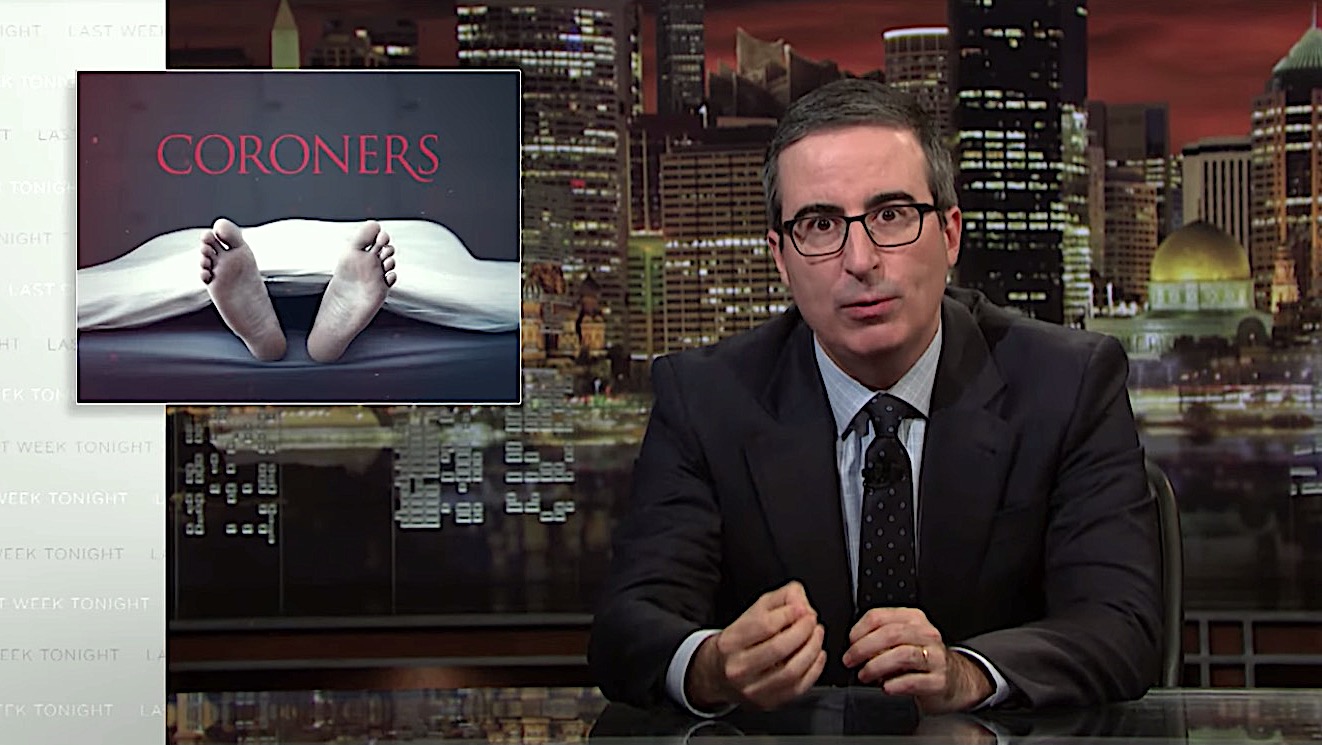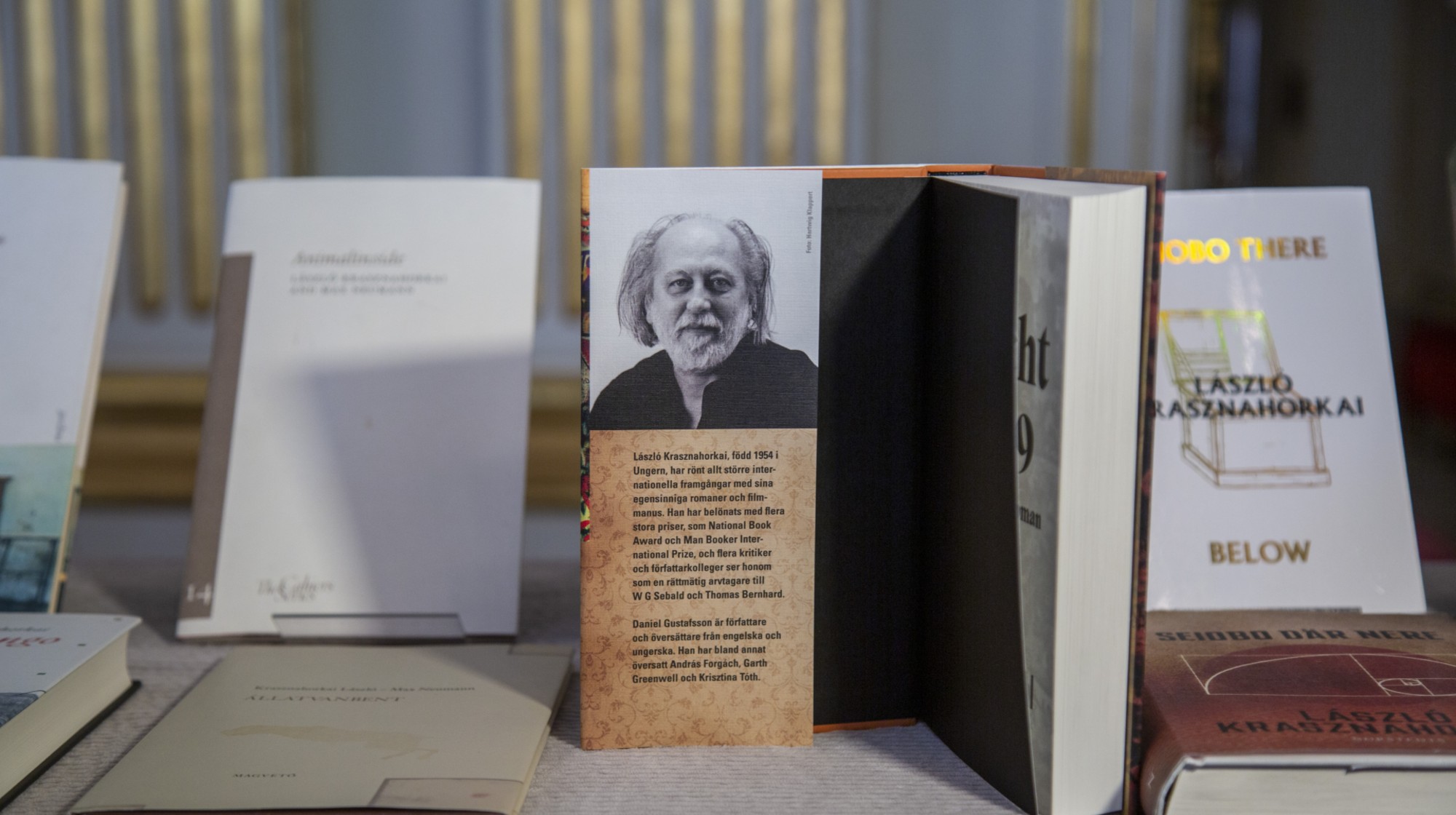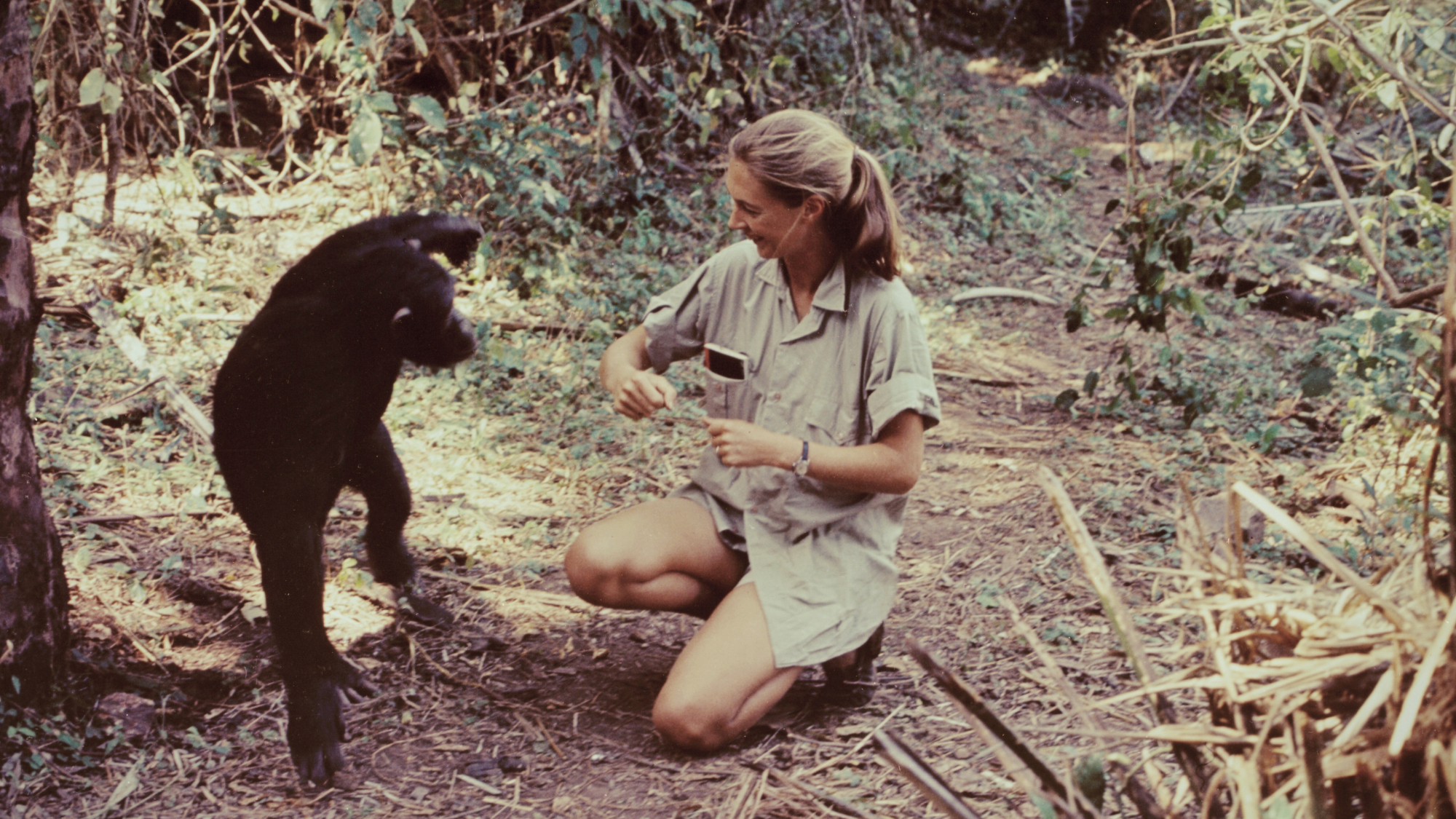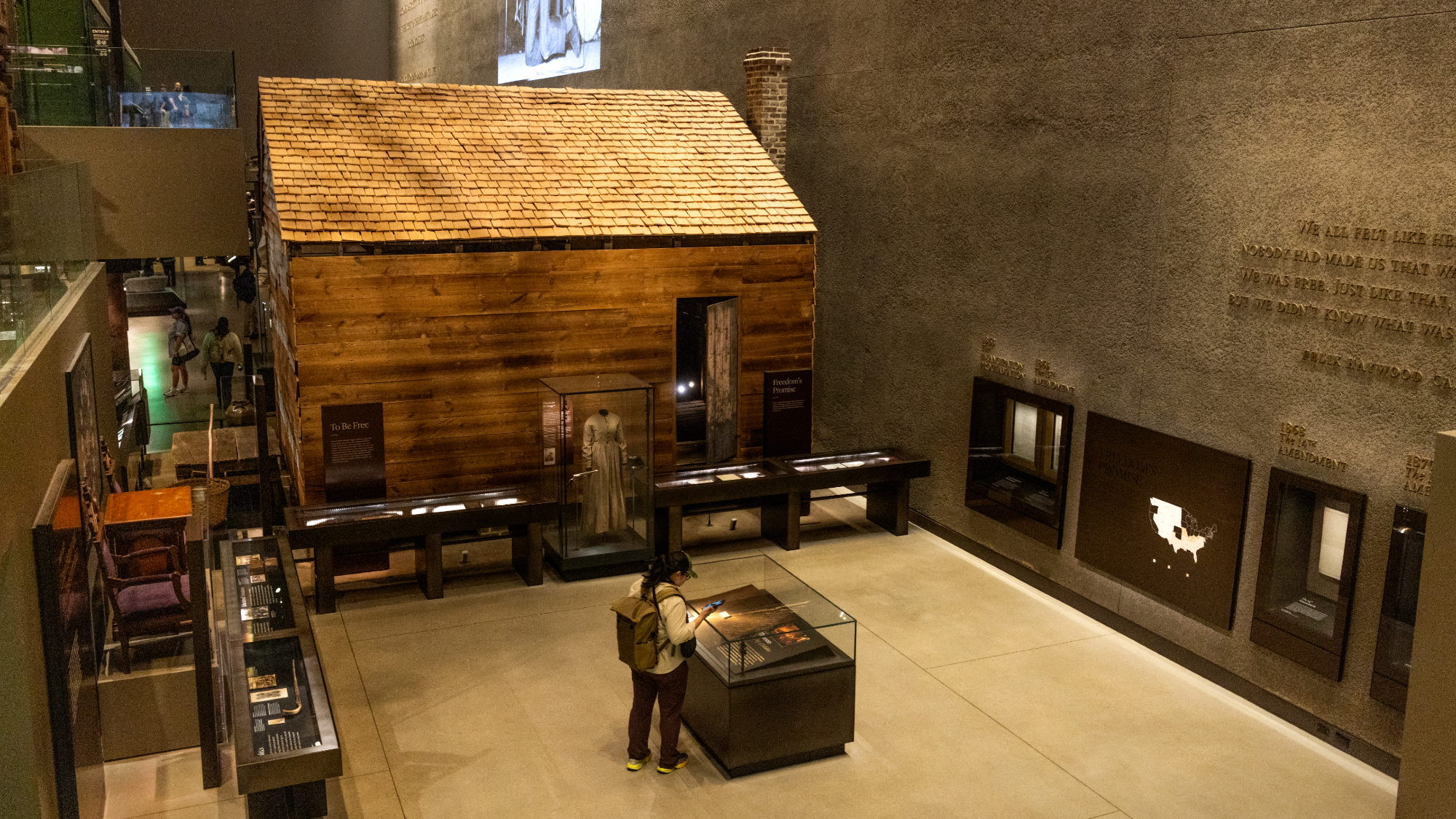John Oliver dives into the unexpectedly essential world of coroners and medical examiners


John Oliver used his last Game of Thrones lead-in to discuss death. "Specifically, this story is about the people who investigate deaths when they happen," he explained on Sunday's Last Week Tonight. "And if you're thinking, 'I don't want to see that on TV,' are you completely sure about that? Because death investigators aren't just supporting characters on some of the most popular shows."
"In real life, every year about 2.8 million Americans die," Oliver said, and while doctors identify cause of death on most death certificates, "if someone dies under suspicious or unnatural circumstances, their body may be sent for further examination and possibly a forensic autopsy. That's what happens to about a half a million bodies each year, and those investigations are incredibly important. A death certificate isn't like a degree from USC — it actually means something." Autopsies are important in murder investigations, but they also highlight trends in drug deaths, help identify defective products, and warn of infectious disease outbreaks.
"So tonight, let's learn about our death investigation system, specifically how it works, why it's such a mess, and what we can do about it," Oliver said. First, medical examiners and coroners aren't synonymous — medical examiners must be doctors, coroners are often elected, with shockingly few qualifications. That's "frankly weird enough," he said, but "in some jurisdictions, the coroner is also the county sheriff, and that has led to some serious problems."
The Week
Escape your echo chamber. Get the facts behind the news, plus analysis from multiple perspectives.

Sign up for The Week's Free Newsletters
From our morning news briefing to a weekly Good News Newsletter, get the best of The Week delivered directly to your inbox.
From our morning news briefing to a weekly Good News Newsletter, get the best of The Week delivered directly to your inbox.
The medical examiner system is better, but there are problems there, too, Oliver said. "The resources crunch is so bad that some offices wind up outsourcing work to private contractors, and this is where this story gets absolutely incredible." He focused on one contractor. "Look, I know this issue is tempting to ignore — it combines two things that people hate thinking about the most: Death and municipal funding," he said. But he tried to make it palatable, roping in Beyoncé, Glenn Close's spleen, and Tracy Morgan. (There's NSFW language.) Peter Weber

A free daily email with the biggest news stories of the day – and the best features from TheWeek.com
Peter has worked as a news and culture writer and editor at The Week since the site's launch in 2008. He covers politics, world affairs, religion and cultural currents. His journalism career began as a copy editor at a financial newswire and has included editorial positions at The New York Times Magazine, Facts on File, and Oregon State University.
-
 11 hotels opening in 2026 to help you reconnect with nature
11 hotels opening in 2026 to help you reconnect with natureThe Week Recommends Find peace on the beaches of Mexico and on a remote Estonian island
-
 Zimbabwe’s driving crisis
Zimbabwe’s driving crisisUnder the Radar Southern African nation is experiencing a ‘public health disaster’ with one of the highest road fatality rates in the world
-
 The Mint’s 250th anniversary coins face a whitewashing controversy
The Mint’s 250th anniversary coins face a whitewashing controversyThe Explainer The designs omitted several notable moments for civil rights and women’s rights
-
 ‘One Battle After Another’ wins Critics Choice honors
‘One Battle After Another’ wins Critics Choice honorsSpeed Read Paul Thomas Anderson’s latest film, which stars Leonardo DiCaprio, won best picture at the 31st Critics Choice Awards
-
 A peek inside Europe’s luxury new sleeper bus
A peek inside Europe’s luxury new sleeper busThe Week Recommends Overnight service with stops across Switzerland and the Netherlands promises a comfortable no-fly adventure
-
 Son arrested over killing of Rob and Michele Reiner
Son arrested over killing of Rob and Michele ReinerSpeed Read Nick, the 32-year-old son of Hollywood director Rob Reiner, has been booked for the murder of his parents
-
 Rob Reiner, wife dead in ‘apparent homicide’
Rob Reiner, wife dead in ‘apparent homicide’speed read The Reiners, found in their Los Angeles home, ‘had injuries consistent with being stabbed’
-
 Hungary’s Krasznahorkai wins Nobel for literature
Hungary’s Krasznahorkai wins Nobel for literatureSpeed Read László Krasznahorkai is the author of acclaimed novels like ‘The Melancholy of Resistance’ and ‘Satantango’
-
 Primatologist Jane Goodall dies at 91
Primatologist Jane Goodall dies at 91Speed Read She rose to fame following her groundbreaking field research with chimpanzees
-
 Florida erases rainbow crosswalk at Pulse nightclub
Florida erases rainbow crosswalk at Pulse nightclubSpeed Read The colorful crosswalk was outside the former LGBTQ nightclub where 49 people were killed in a 2016 shooting
-
 Trump says Smithsonian too focused on slavery's ills
Trump says Smithsonian too focused on slavery's illsSpeed Read The president would prefer the museum to highlight 'success,' 'brightness' and 'the future'
